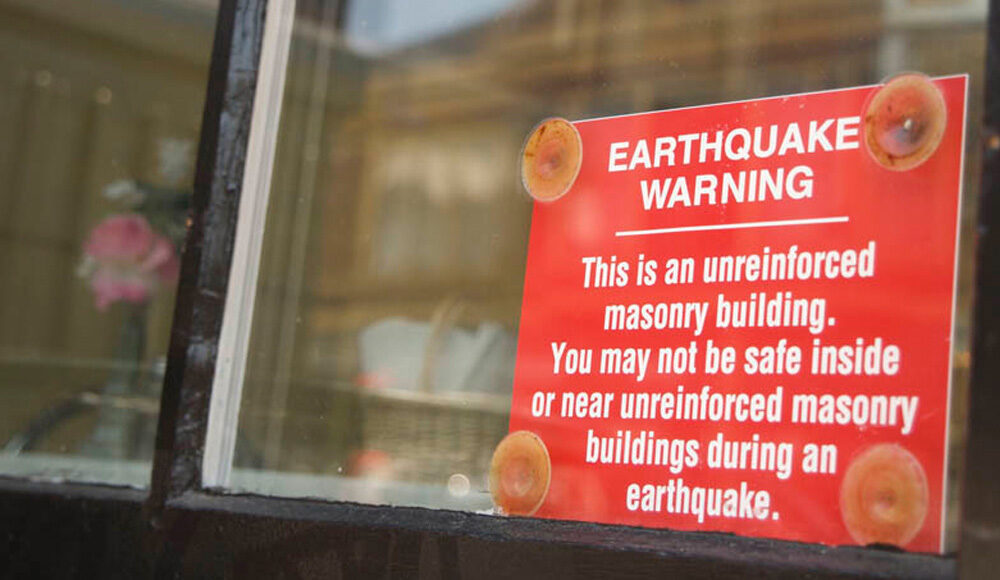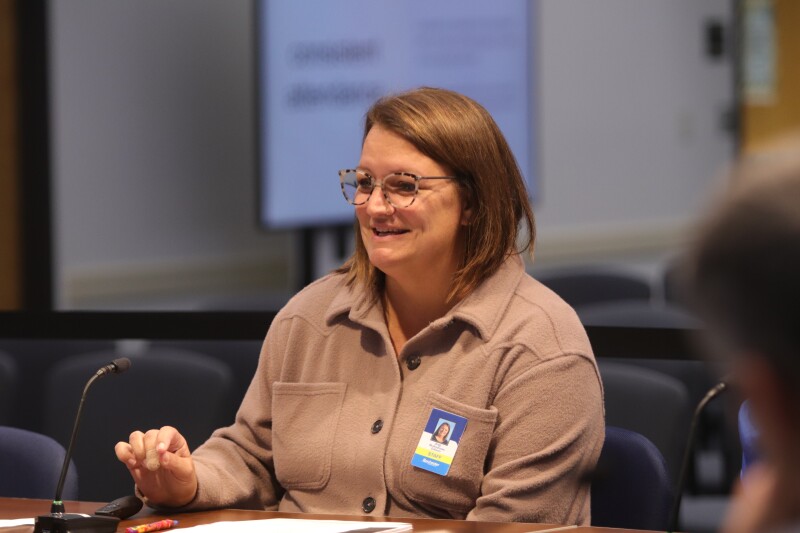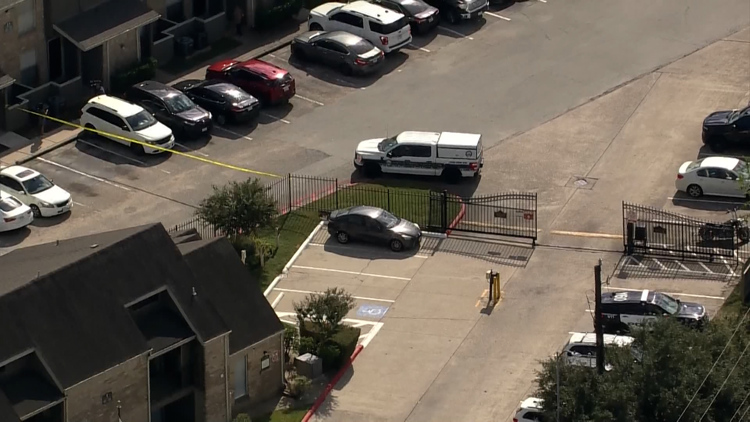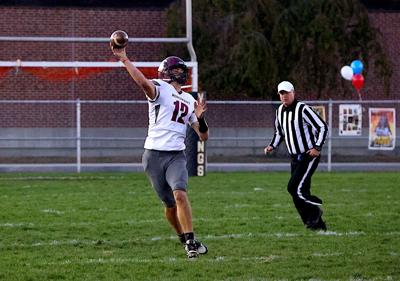URGENT UPDATE: The annual ShakeOut event is serving as a critical reminder of the urgent need for earthquake preparedness in California communities. Recent reflections on the devastating 1954 earthquake highlight that even those located over 30 miles from the epicenter faced injuries due to instinctual responses during tremors.
In a compelling analysis, Lori Dengler, an emeritus professor of geology at Cal Poly Humboldt, reveals harrowing accounts from victims like Mrs. Hess and Jeannie Thompson, who suffered injuries while attempting to flee their homes during the quake. The incidents underscore a crucial point: moving during an earthquake can significantly increase the risk of injury. Dengler cites research by Jim Goltz, who confirmed that the further individuals move during shaking, the greater their chances of injury.
The ShakeOut event, which encourages communities to practice earthquake drills, comes in the wake of alarming statistics. The 1933 Long Beach earthquake resulted in 115 deaths and highlighted the dire consequences of falling debris, primarily due to people rushing to exit buildings. The California Geological Survey estimates that two-thirds of casualties were caused by individuals trying to evacuate.
California’s building codes have evolved since the 1933 earthquake, and while many newer structures are resilient, Dengler warns that older buildings still pose risks. The implementation of the Field Act after the Long Beach disaster mandated that schools resist earthquake vibrations, resulting in safer educational environments. However, many private and charter schools remain vulnerable, and older structures still require retrofitting.
Reports show that while modern schools built post-1978 adhere to stringent building codes, the need for vigilance continues. Temporary classrooms often lack the necessary safety features, putting students at risk.
In a tragic example, a young mother in Rancho Cucamonga broke her neck during the 1994 Northridge earthquake while rushing to her baby’s room. This incident illustrates the instinctive yet dangerous reactions people have during earthquakes.
Dengler emphasizes the importance of understanding that non-structural hazards—such as falling furniture—can also cause injuries. The lack of clear codes for securing non-structural elements means occupants must remain alert.
As California prepares for future seismic events, the ShakeOut serves as a vital reminder of the lessons learned. By encouraging individuals to remain calm and stay put during quakes, communities can significantly reduce injuries and streamline recovery efforts.
WHAT’S NEXT: Ongoing assessments of building safety and community readiness are essential. As experts continue to analyze past earthquakes, it is imperative to apply these lessons to enhance resilience.
For more information or inquiries about earthquake preparedness, contact Lori Dengler at 707-826-6019 or email [email protected]. Share this article to raise awareness about the importance of earthquake preparedness in your community!






